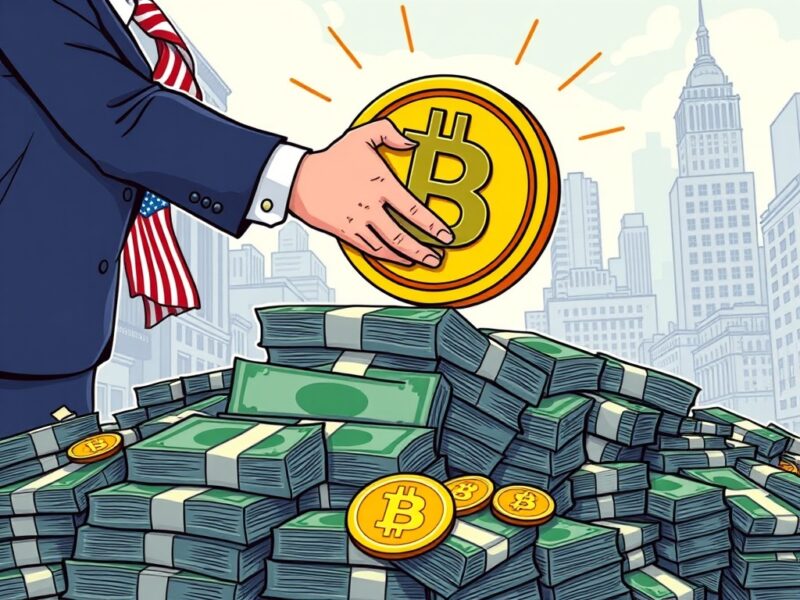In brief
- Fed Vice Chair for Supervision Michelle Bowman said staff should be allowed to hold small amounts of crypto to gain practical understanding.
- Her remarks emphasized blockchain’s potential to reduce friction in asset transfers and called for legal frameworks to evolve in parallel.
- Legal experts say her comments mark a regulatory shift, though some warn staff holdings could pose conflict-of-interest risks.
Federal Reserve Vice Chair for Supervision, Michelle Bowman, told a crypto conference in Jackson Hole on Tuesday that she favors allowing central bank staff to hold small amounts of crypto, an idea that, if formally proposed, could alter the Fed’s internal rules and spur debate over how the institution engages with digital assets.
The approach should consider allowing Federal Reserve staff “to hold de minimus amounts of crypto or other types of digital assets,” Bowman told audiences in prepared remarks at the Wyoming Blockchain Symposium on Tuesday.
Bowman framed the conversation as one about tokenization’s role in reducing frictions in asset transfers, highlighting how the technology could streamline ownership changes, cut costs, and expand access to capital markets.
“It is possible that we could see a ‘tipping point’ where the processes themselves are well-established, and legal frameworks have been updated to permit a wider range of activities relying on the new technology,” she explained.
A “similar challenge with blockchain technologies” is that adoption depends not only on technical progress but also on legal and regulatory frameworks keeping pace with how the systems are used in practice, Bowman noted.
“We stand at a crossroads: we can either seize the opportunity to shape the future or risk being left behind,” Bowman said.
Crypto policy and legal observers argue Bowman’s comments amount to more than industry talk, carrying weight beyond the symposium setting.
Her remarks “hint at a more open, balanced regulatory approach,” and “show the Fed moving from caution to curiosity,” which could mean U.S. regulators are leaning on “practical understanding over pure caution,” Vincent Liu, chief investment officer at Kronos Research, told Decrypt.
“Bowman’s remarks cannot be dismissed as mere rhetoric; they represent an inflection point in the U.S. regulatory approach to crypto that we can no longer avoid as a country,” Andrew Rossow, a public affairs attorney and CEO of AR Media Consulting, told Decrypt. “They challenge not only the ‘how’ but the ‘why’ of financial supervision.”
Such a stance would “necessitate rigorous legal frameworks, public debate, and more efficient legislative action to balance practical expertise with the highest standards of integrity and public trust,” Rossow explained.
Yet Rossow also cautions that Bowman’s suggestion raises questions about conflicts of interest.
“Regulators cannot realistically avoid the danger of perceived partiality or diminished public trust if staff directly hold even small amounts of speculative assets,” he said, adding that “practical exposure” and direct crypto ownership may not be the “only effective path to regulatory competence.”
Rossow argued that episodes from Enron to the Silk Road and FTX show how repeated crises expose the dangers of “blind reliance on fear of abuse,” making clear the need to reckon with their lasting significance. “The answers are right in front of us, and they’re hauntingly beautiful,” he said.
Daily Debrief Newsletter
Start every day with the top news stories right now, plus original features, a podcast, videos and more.
Source: https://decrypt.co/335930/feds-top-banking-regulator-floats-allowing-staff-hold-crypto


